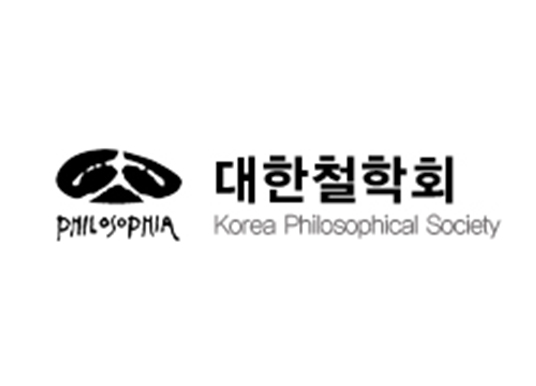『장자』의 수양론과 화론(畵論)의 접점 탐색: 「필법기」의 ‘기(氣)’와 ‘신(神)’의 함의를 중심으로
The Intersection Between Zhuangzi’s Cultivation Theory and Painting Theory: Focusing on the Implications of ‘Qi (氣)’ and ‘Shen (神)’ in Bifaji (筆法記)
이 글은 동양예술론에서 발견할 수 있는 수양론적 관점과 『장자』 사상의 연결성을 화론(畵論)을 중심으로 탐색한다. 화론에서 중요한 개념으로 등장하는 기(氣)와 신(神)은 철학적 논의와 연결되면서도 각 예술론 속에서 또 다른 미학적 함의를 얻어 왔는데, 특히 수양론과 예술론의 접점을 이해하는데 중요하다. 인물화에서는 그림이 전달해야 하는 대상의 속성을 뜻했던 기와 신은 산수화 창작론에서 창작과 감상의 심미적 기제의 핵심을 대변하는 새로운 미학적 의미를 갖게 된다.
이 글에서는 우선 인물화에서 표현 대상이 되는 신과 기의 의미를 살펴보고, 산수화론 「필법기(筆法記)」에서 제시되는 예술용어로서의 신과 기가 보여주는 또 다른 미학적 함의를 『장자』의 수양론과 비교하여 규명하고자 한다. 장자 수양론에서 중요하게 다루어지는 심재(心齋)에 대한 설명과 기술의 최고의 경지에 이르는 과정을 설명하는 포정해우(庖丁解牛)의 일화를 분석하고 이를 통해 이끌어낸 기(氣)과 신(神)의 수양론적 함의를 「필법기」의 창작론과 비교하여 그 상관성을 드러낼 것이다.
「필법기」에서 제시하는 그림이 갖추어야할 요체인 육요(六要)와 붓으로 표현해야 하는 속성을 말하는 사세(四勢)에는 공통적으로 기(氣)의 함의가 중요한 역할을 한다. 또한 그림을 평가하는 기준인 사품(四品)에서 최고의 경지를 뜻하는 신(神)은 기(氣)의 의미와 연결되어 있음을 발견할 수 있다. 「필법기」의 예와 같이 신(神), 기(氣)의 예술적 의미가 확장될 수 있었던 사상적 배경에서는 장자적 사유를 발견할 수 있다. 특히 『장자』의 앎에 대한 관점과 수양론과 연결된 기와 신의 함의는 화론에 수용되어 회화 예술의 의의와 역할을 확장시키는데 중요한 역할을 한 것이다.
This essay explores the interrelation between the perspective on cultivation reflected in East Asian painting theory and the thought of Zhuangzi. The terms qi (氣) and shen (神) are important not only in philosophical discussions of East Asian thought but also have gained aesthetic implications within various art theories. The concepts of qi and shen have particular significance in understanding the intersection between East Asian cultivation theory and art theory.
In portrait painting, qi and shen are terms linked to essential attributes that the painting should convey. In landscape painting, they are concepts that explain the aesthetic experiences of artistic creation and appreciation. This essay investigates the meaning of qi and shen as subjects of portrait painting in relation to the perspective on the body-mind relationship. Also, it examines the other conceptual layers of qi and shen as appropriated in landscape painting theory through the case of Bifaji (筆法記, “Record of the Method of Brush”) by comparing them with the cultivation theory of Zhuangzi. This study analyzes Xinzhai (心齋), an essential concept in Zhuangzi’s cultivation theory, and the story of Cook Ting (庖丁解牛), which illustrates the process of attaining the highest level of performance. Through this analysis, it examines the implications of qi and shen in cultivation theory and compares them with the painting theory of Bifaji to illuminate their relationship. In Bifaji, Liuyao (六要), the essential elements of painting, and Sishi (四勢), the brushwork principles, both emphasize the meaning of qi. In the Sipin (四品), the four standards for evaluating paintings, the highest level, shen, is also connected to the meaning of qi.
As seen in the case of Bifaji, the philosophical foundation for the development of the artistic meanings of shen and qi can be traced to Zhuangzi’s thought. In particular, the connotations of qi and shen in Zhuangzi’s epistemology and cultivation theory are incorporated into painting theory, playing a crucial role in expanding the significance of artistic practice.
대한철학회
연세대학교 강여울

